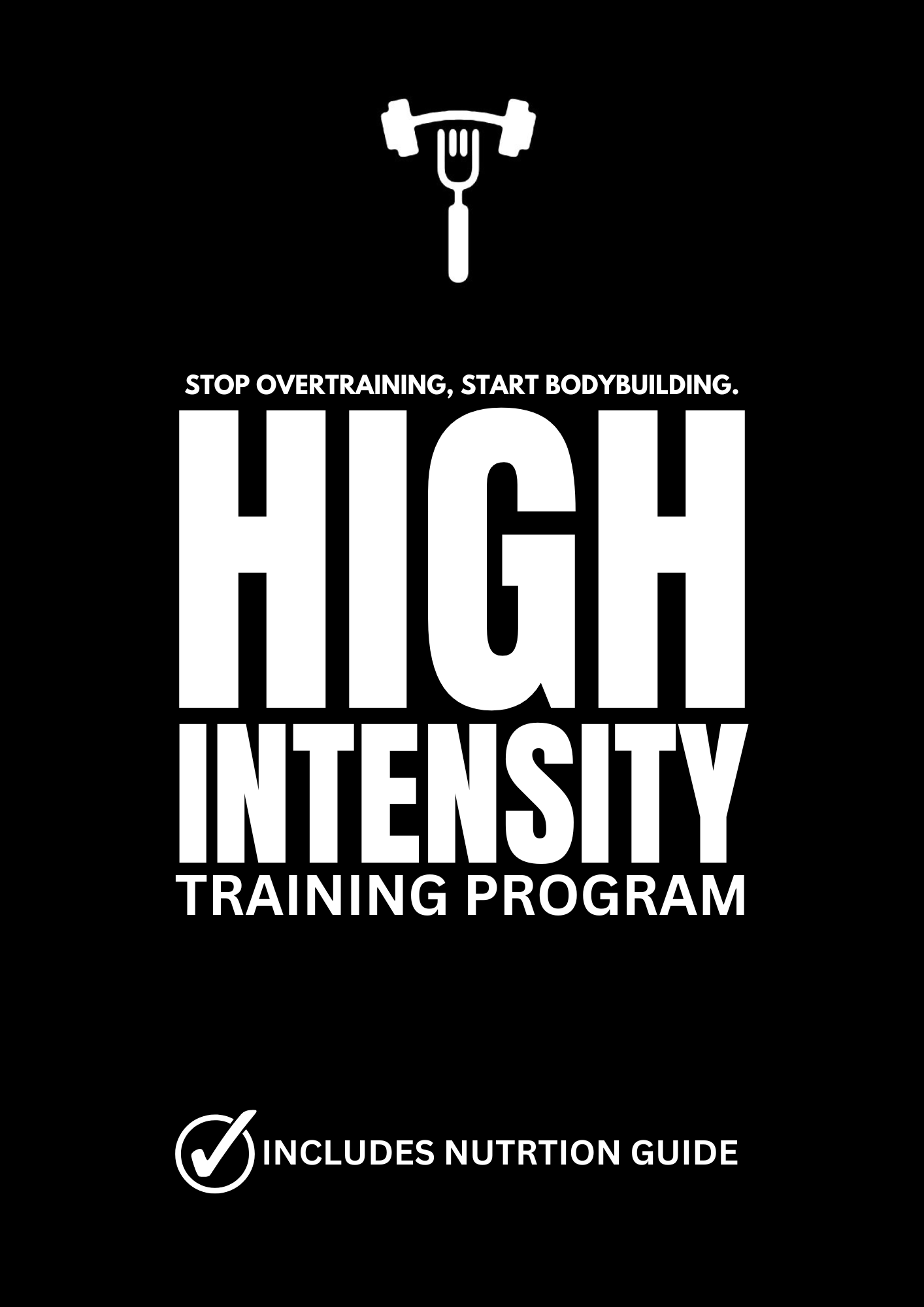Mike Mentzer's H.I.T Approach Advocates One Set of Squats as Essential
In the realm of bodybuilding, Mike Mentzer's High-Intensity Training (H.I.T) philosophy has long been revered for its efficiency and effectiveness. At the core of this philosophy lies the belief that intensity trumps volume. Mentzer's approach challenges the norm by recommending just one set of squats as the foundation of a leg workout, emphasizing that it can be adequate to kickstart your leg training journey.

